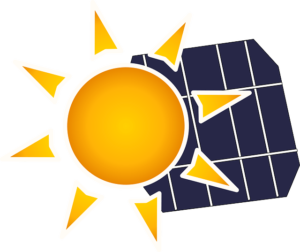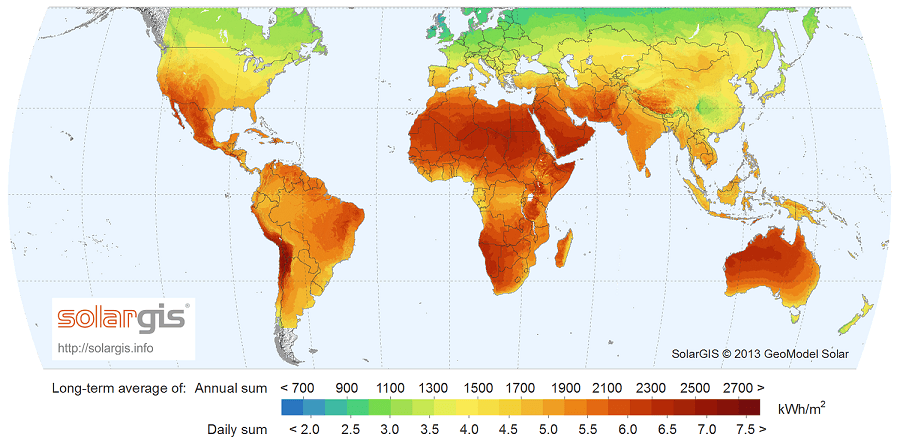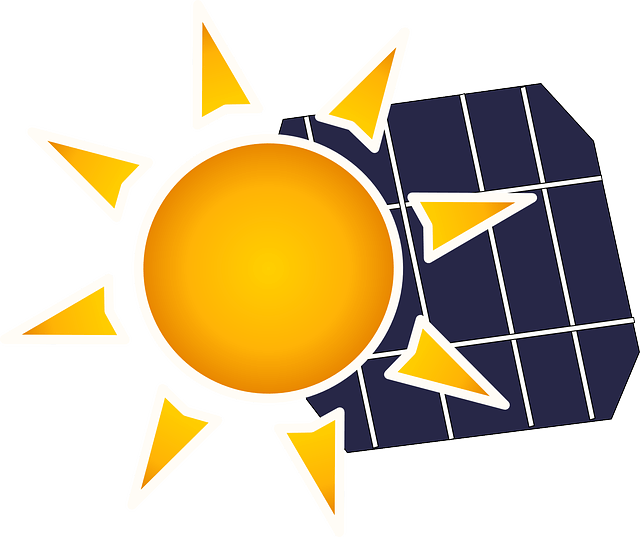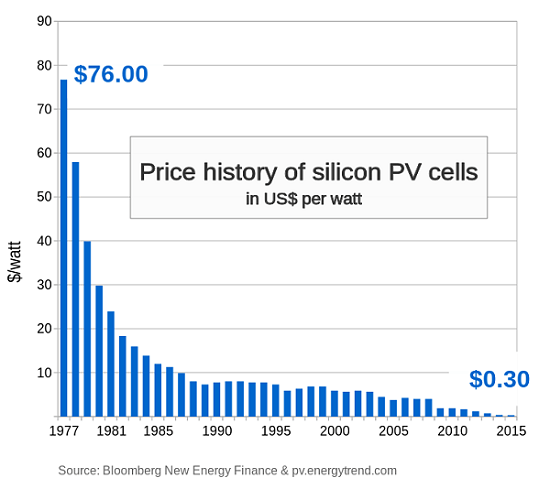 It’s surprising to think that we are halfway to the decade of 2020 and the use and implementation of solar energy are still making a climb to popularity. We here at EcoKarma can recall the “advancements” made in the 1980s and 1990s that claimed solar-powered cars would be rampant by the turn of the century. While that hasn’t happened completely, the technology to do so has. Solar panels have come a long way, with monocrystalline panels constructed at much more affordable pricing, many people could easily afford to make the leap into an eco-friendly lifestyle with solar energy.
It’s surprising to think that we are halfway to the decade of 2020 and the use and implementation of solar energy are still making a climb to popularity. We here at EcoKarma can recall the “advancements” made in the 1980s and 1990s that claimed solar-powered cars would be rampant by the turn of the century. While that hasn’t happened completely, the technology to do so has. Solar panels have come a long way, with monocrystalline panels constructed at much more affordable pricing, many people could easily afford to make the leap into an eco-friendly lifestyle with solar energy.
So why aren’t solar panels everywhere? EcoKarma is all about education because that’s where action has to start. The lack of education and solar energy facts that are accessible and understandable is frankly, quite silly. We want to provide you with the information needed to inform yourself on the advantages and disadvantages of solar energy and what are the best solar panels that will fit your life and needs.
The Potential of Solar Energy
Sunlight is the most abundant natural resource received by planet earth. Nearly all energy that is and has been used by living things on earth originated from the sun. The mighty sun is responsible for making the wind blow and the rainfall. Every year, we humans make leaps and bounds improving our capability to capture this source efficiently.
Wherever the sun shines, solar energy can be harnessed. Travelers, off-grid dwellers, campers, and those who venture into remote locations rely on the sun as their most feasible source of power. Desert areas and land along the equator receive potent solar radiation. If captured on a large scale, this energy could be used to power a countless number of communities. The advent of storage solutions such as advancements in battery technologies is an excellent partner in the effort to push the widespread adoption of solar energy.
Interesting Facts About Solar Energy
With the rising costs and demand for non-renewable resources such as oil and coal, the need for an eco-friendly and more price effective form of energy is steadily increasing. Solar energy is a renewable resource that uses panels to soak up the energy produced by the sun. It is one of safest environmentally friendly forms of energy that is commonly used, and has been around for decades. Check out some of our quick interesting facts about solar energy, and then read on for more about the history, advantages and disadvantages, and look into the various types of solar panels technology.
- Solar energy is free! Yes, the panels and accessories come with an upfront cost, but the energy itself is free. There are not meters measuring how much you use, and no need to worry about paying a monthly bill.
- Aside from initial set up, solar panels are maintenance free.
- The sun’s power travels to us across space from over 90 million miles away in less than 10 minutes!
- A typical solar cell that compose a solar panel have lifespans of over 25 years.
- Most solar panels can function even in cloudy environments.
- Solar technology is the future of green living, as it is a completely renewable resource and does not harm the environment.
- With battery backup, generators and storage units available, solar energy is accessible 24/7.
- Some space missions have had their rocket ships powered by solar technology.
- The largest commercial solar power plant is in California.
A Short History of Solar Energy
It seems that every big push towards renewable energy resources happens during an energy crisis; this is true for solar energy systems, as well. Solar panels have evolved tremendously over the past thirty years. The first thin film cells were produced in the early 1980’s with extremely low-efficiency rates, measured to be lower than 10%. Similar to the personal disadvantages of solar energy, the upfront cost is the only thing that has restrained power investors from pursuing solar energy with a stronger front. The investment in technologies that could greatly improve solar panel cells and their efficiency has historically been the holdup on a large scale growth of the solar energy industry. The Obama administration has approved more funding for solar energy research, a section of spending that was eliminated by Ronald Regan in the 1980’s – where he started by stopping installation of solar panels at the White House.
With the most recent development of monocrystalline solar cells, we are beginning to see a greater shift towards advanced solar panels and a more efficient form of renewable energy. Check out the below comparison of monocrystalline and polycrystalline solar cells for more solar energy facts and to educate yourself on the advantages and disadvantages of solar energy.
The Advantages and Disadvantages of Solar Energy
If you’re here because you’re interested in learning about different types of solar panels so that you can pursue a life in a sustainable home powered by solar produced electricity, then it’s good to know what you’re getting into. There are many advantages to the solar energy, but the disadvantages of solar energy are evident as well.
Advantages of Solar Energy
There are many advantages to pursuing solar energy for your sustainable lifestyle, check out these solar energy facts:
- Solar Energy is a renewable resource. The most obvious fact that is in favor of solar energy is that it is completely opposite of using coal, oil and fossil fuels. The sun gives energy to plants and nature to grow and develop, and technology has allowed us to harvest that same energy to power everything from calculators to entire businesses shrinking the carbon footprint of many individuals all over the world. Oil reserves are shrinking, but so long as the sun is shining, solar power will be an infinite resource.
- Pollution free. There are no harmful gasses or pollutants produced by solar energy. Switching over a few of your electronics, vehicles, or even your home to solar energy is benefiting the world around you. Natural energy is going in, and nothing bad is coming out. Solar cells are also completely silent, so noise pollution is eliminated as well.The factories that produce solar cells to create some pollution. This is sometimes argued as a huge disadvantage, but this information has been disproportional considering that the pollution created is significantly less and almost miniscule compared to that of other non-renewable energy sources. When compared to wind energy and water technologies, the argument can be put back on the table, but both of those energies are not currently realistic for a common renewable resource- especially for domestic use.
- Free Electricity. Minus the upfront cost for supplies, solar energy is completely free. No more watching the meter, whatever energy you harvest from the sun is yours to use. PLUS: if you decide to invest in large grid-tied advanced solar panels to rig up your entire house with a renewable energy source, you might actually qualify to receive federal, state or local energy refunds for whatever energy your panels put back into the grid.
- Low Maintenance. Besides the initial set up, solar panels are extremely low maintenance and easy to use. The advancements of new technology have made them much more durable to last and continue functioning even in limited sun light. Also, the majority of the solar panels we have recommended to you on our reviews page come with warranties, making solar energy maintenance and worry free.
- Sustainable Independence. At EcoKarma, we are focused and determined to help you create a sustainable home that is independent of harmful ways of living that are overlooked by too many. Solar panels allow for a smaller reliance on big name power, gas, and oil companies. No matter how small, taking a step towards a greener lifestyle means taking a step away from environmentally degrading ways of living that have become engrained into our culture. Solar power allows for energy independence and green living.
Disadvantages of Solar Energy
We would be doing you a disservice to not provide equal education about the negative side of solar energy. To be completely honest, there are not many, but we believe that taking the step to living a sustainable lifestyle should be done knowing all of the facts so here are the disadvantages of solar energy.
- Location. If you are hoping to invest in a grid-tied advanced solar panels, then it is important to come up with a good layout plan and figure out the best placement for your solar panels. The location of the solar panels is vital to their efficiency. If they are not placed at the best angle then you might not be harvesting as much as you can of the suns energy. The best way to avoid this particular disadvantage of solar panels is to do your research and come up with a plan before pursuing solar energy as a new addition to your sustainable lifestyle and consider easy-mount systems that allow for more mobility of your panels or simple rotation.
- Weather. When the sun is not shining, the electricity will not be flowing. If you live in an area that rarely sees the sun, than solar energy is probably not the route to take- that is, if you are looking to power the entirety of your home. Solar panels are the most efficient when they are in direct sunlight for most of the day. Constant heavy clouds, rain, fog, etc. will hinder your ability to use your solar energy systems.With the advancements of technology monocrystalline solar cells are able to harvest solar energy even in low light environments. Also, we have found that many residential solar panels are now being constructed to withstand extreme weather conditions including snow, hail, and high temperatures. This has been a huge improvement and allows for solar panels to be more accessible to regions that face these climate challenges.
- Cost. Arguably, this disadvantage of solar energy is often one of the biggest deterrents to people that are considering solar panels as a route to a renewable and environmentally friendly lifestyle. For those who are looking for solar panel kits, or grid-tied systems that can power a whole house the initial cost can be daunting to consider. However, in recent years the cost has dropped significantly. Monocrystalline and Polycrystalline panels are comparable in price, and considering all of the benefits, cost becomes less of an issue.
It is important to remember that it could take 5+ years for the panels to pay for themselves (depending on how many you install), but after that you are literally powering your home for free. The Renogy grid-tied systems we recommend, are preapproved for federal, state and local energy credit so that when it is needed, the power you use from the grid will cost you nothing or very little. Five to ten years ago, initial cost would’ve topped our list for disadvantages, but times are changing and solar energy is becoming more accessible to more than just the upper-income households. Solar panels are not a purchase, they are an investment.





